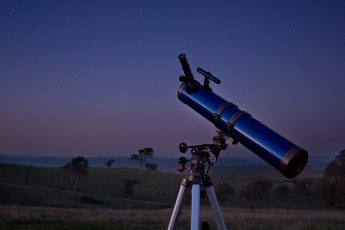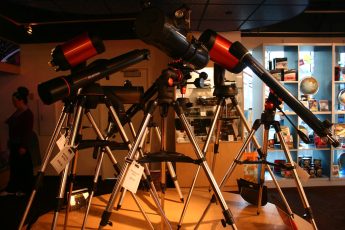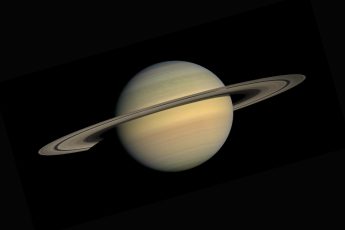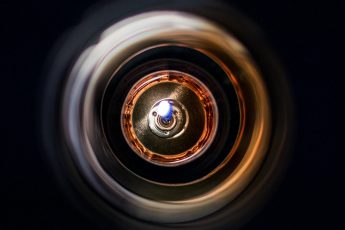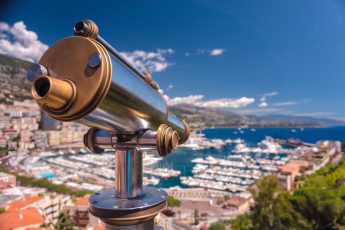The night sky is full of wonder and beauty. If you want to explore the stars, you’ll need a telescope. Telescopes can be expensive, though, so it’s essential that you do your research before buying one. In this article, I’ll cover everything from various uses of telescopes to the different types available today.
The type of telescope you should buy depends on what you want to see.
The type of telescope you should buy depends on what you want to see. You can get a basic telescope for less than $100, but it won’t be much use if you want to look at the Moon or other planets in our solar system. You may need to spend over $1000 on a high-quality model if you want something that will give you clear views of those objects.
A telescope is a significant investment, so make sure that any one item is exactly what you’re looking for and nothing else before making your final choice. Quality matters when it comes to telescopes because they might not work correctly if they’re poorly made or cheaply constructed. If possible, try out several different models before choosing one that suits your needs perfectly well!
You can get a basic telescope for less than $100.
You can get a telescope for less than $100 that gives you great moon and planet views. A primary Dobsonian reflector may be all you need to get started in astronomy.
There are also telescopes available for under $50. These telescopes come with an instructional manual and have been tried and tested by others who have purchased them before you. No matter which telescope you choose, it’s essential to do your research beforehand so that when it arrives at your doorstep (or ordering online), it is appropriately set up for an optimal viewing experience!
A telescope is a big investment, so you’ll want to take your time and do some research before you make your final choice.
When it comes to finding the best telescope for you, there are a few things you’ll want to keep in mind. First, make sure that you’re buying from a reputable dealer. As with any large purchase, there are plenty of opportunities for unscrupulous people to take advantage of you by selling fake telescopes or knockoffs. Look for companies with good return policies and positive reviews from other customers.
Second, ensure that the company has been around for a while: if they’ve been around long enough to have established themselves as trustworthy, chances are they know what they’re doing when it comes out to telescopes!
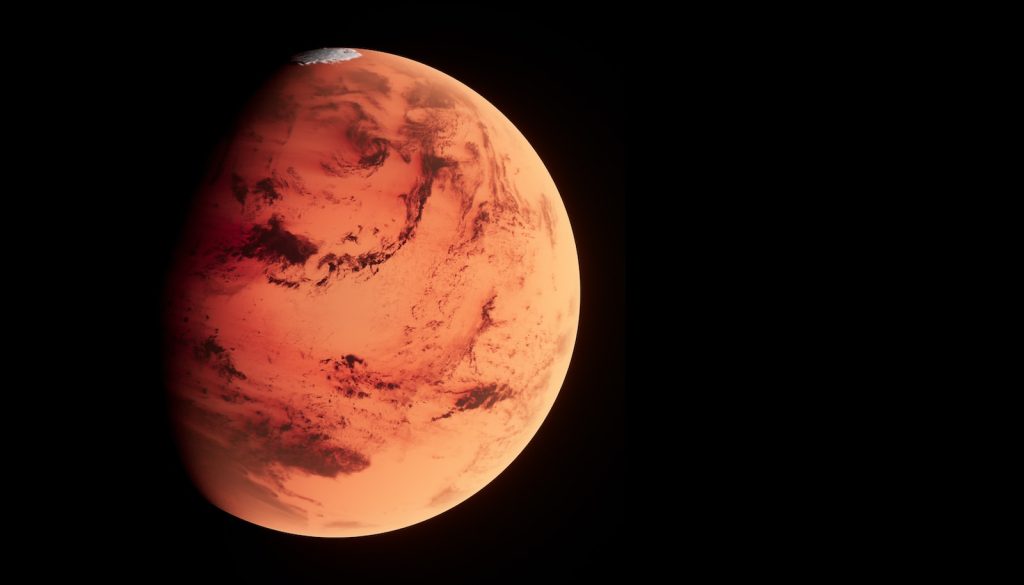
Finally (and most importantly), don’t forget about customer service! No matter how great your telescope is at first glance or before use—or even after some time has passed—there may come the point where something goes wrong with the craftsmanship or functionality of your device and its accompanying parts/accessories (e.g., eyepieces). When this happens, it’s essential not only that these issues are resolved quickly but also without hassle; otherwise, this could lead someone like me back onto Amazon, where I’d end up paying more money than necessary just because I’m unwilling/unable – due.
Quality matters when it comes to telescopes.
When it comes to telescopes, quality matters. The quality of your scope is arguably more important than its aperture or magnification.
So what do we mean by “quality?” We’re talking about three things: optics, mount, and tripod (or mount).
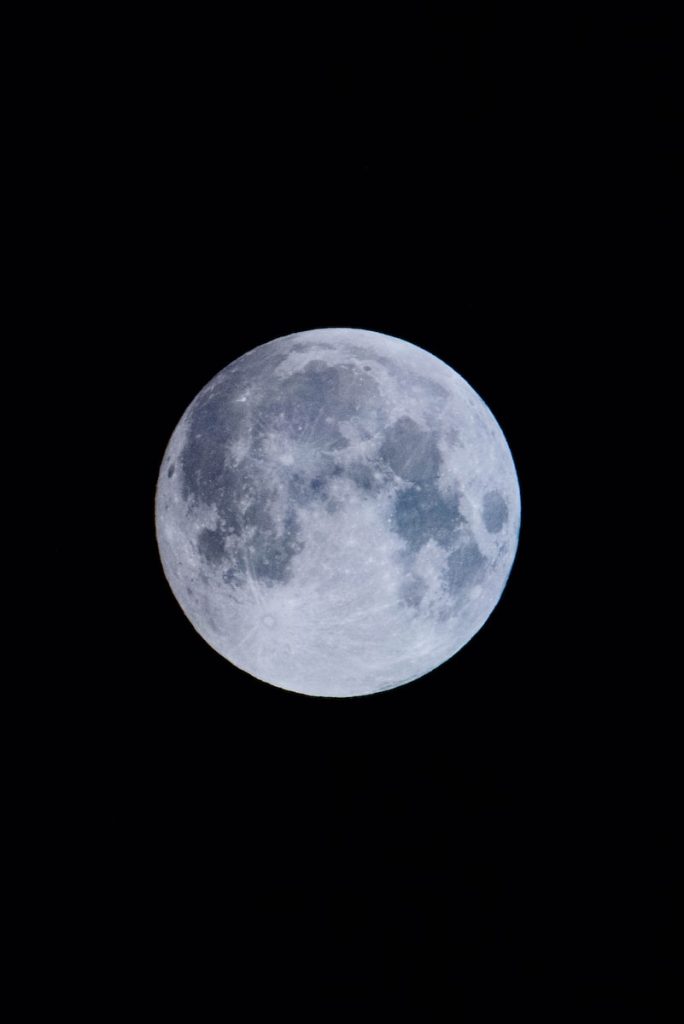
Optics are the lenses that gather light from objects in space and focus them onto the eyepiece. Lenses can be made from glass or plastic; both have advantages and disadvantages. A good rule of thumb is that if you get a telescope with an objective lens more prominent than 8 inches (200 mm), then we recommend going with glass over plastic because of its superior contrast and resolution. Glass also transmits infrared light better than plastic does so you’ll see more detail in nebulas, galaxies, and other deep-space objects when viewing through glass lenses instead of plastic ones.
Regarding mounts, there are two primary types: altazimuths and equatorial mounts (also known as German equatorial mounts). Altazimuths move up/down/left/right while keeping objects centered within the field of view; they’re easier for beginners but less accurate when tracking celestial objects due to parallax error caused by movements during tracking movement across the sky due to rotation earth around sun plus precession poles moving slowly over time due to gravitational pull sun spins around galaxy center every 26 million years! This may sound complicated but don’t worry – we’ll soon help guide you through all this info using easy-to-understand diagrams illustrated below 
Lenses are an essential part of the buying equation.
So you’ve picked out a telescope that fits your budget and is ready to move on. But wait! Before you do, take a closer look at the lenses that come with them.
Lenses are a vital part of the buying equation because they determine how much light can be gathered by your new telescope and where it focuses on inside the tube of your telescope. Glass lenses are expensive, so many telescopes use plastic instead. Also, each one is shaped differently depending on what type of image is needed (such as a broad field or close-up). And different shapes mean different distances can be seen through them—some focus near objects while others focus far away, like stars or planets.
Telescope prices range from less than $100 to more than $10,000 and can be used to observe everything from the moon in the night sky to distant galaxies light years away.
Telescopes can be purchased for less than $100 and more than $10,000. They can be used to observe everything from the moon in the night sky to distant galaxies light years away.
Narrowing down your telescope options will depend on what you want to see through it and how much you’re willing to spend. An excellent place to start is with a basic kit with an 8-inch aperture reflector telescope and tripod, along with eyepieces (a lens or device that increases magnification), which are usually included as part of a starter set. The price range for these kits typically starts at around $300 but can go up depending on the brand name or features offered by each model.
If you have more money available, then consider buying something higher-end like an equatorial mount instead – this type uses gears instead of manual adjustment knobs, so it’s easier for beginners to learn how to operate them correctly without being thrown off by any errors made during setup such as misaligning knobs or forgetting which way they should turn them when adjusting focus.
Conclusion
The bottom line is that a telescope is a big investment, so you’ll want to take your time and do some research. The right telescope can last for decades if properly cared for and used correctly. This means reading reviews before purchasing and finding one that fits your needs perfectly!

